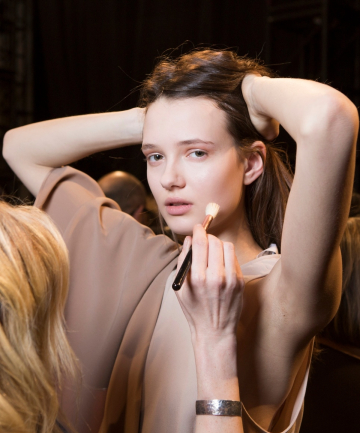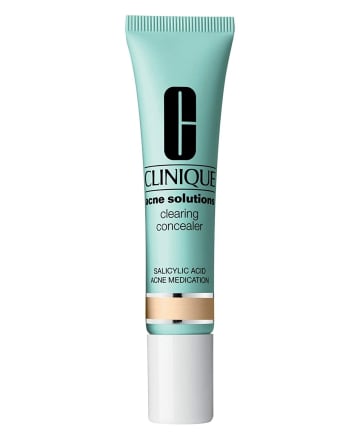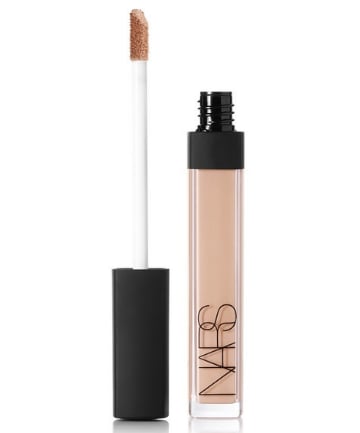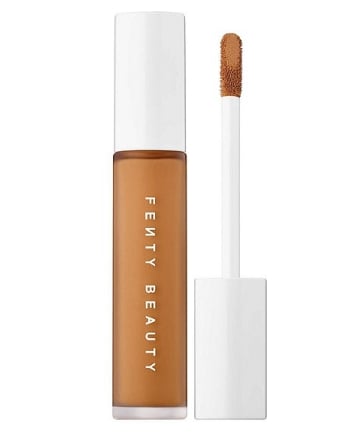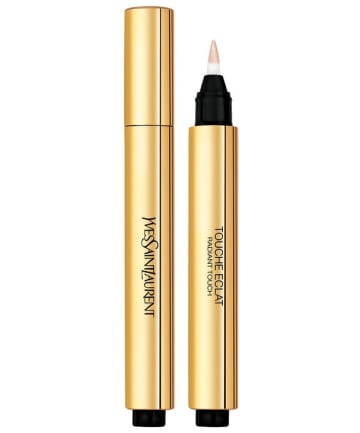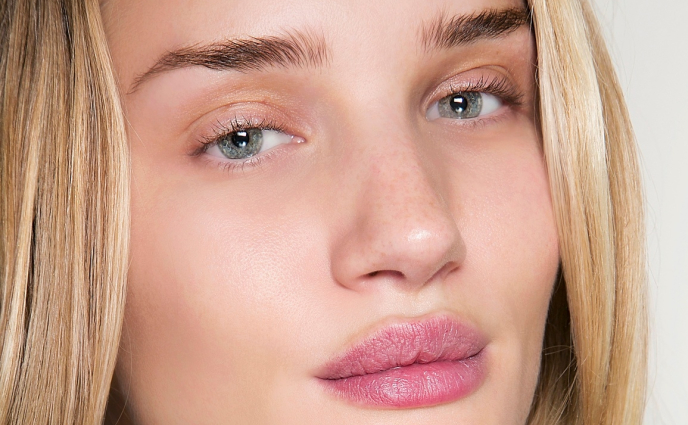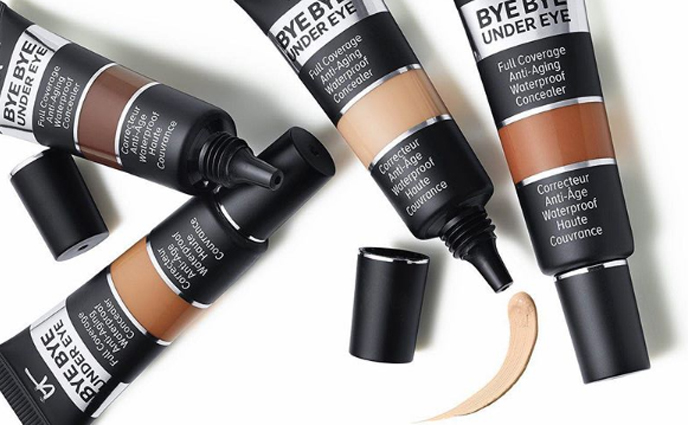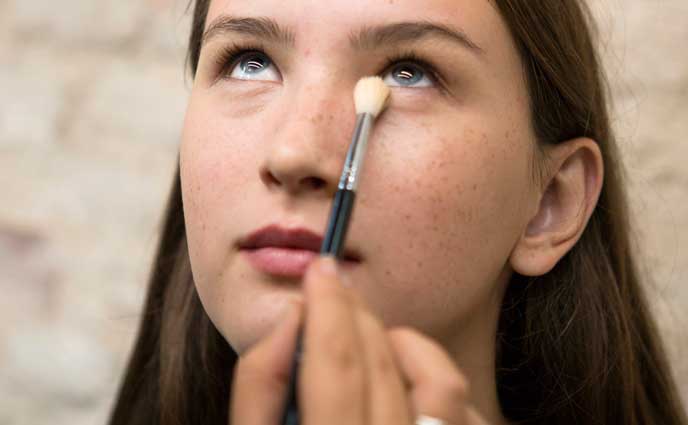Still a bit confounded by concealer? We went to New York-based celebrity makeup artist Lindsey Trop, and asked biggest need-to-know question about the stuff: Namely, how do you choose the best shade?
"I think it depends what you're trying to conceal," says Trop. "If you're looking to brighten certain areas like undereyes, then I recommend going 1-2 shades lighter with your concealer than your foundation. However, if you're looking to cover a blemish, it's best to use a shade of concealer that matches your foundation."
Trop says that, ultimately, the right concealer shade will blend seamlessly into your foundation color and since you're typically blending the concealer shade into your foundation, there's more flexibility with shade selection. "A single concealer shade can blend to cover a range of skin tones, which is why some cosmetics companies have a simple shade range like 'light,' 'light medium,' 'medium,' 'medium deep' and 'deep,'" says Trop. Your foundation, however, needs to be more of a perfect match: Trop advises that the undertone of your concealer should match that of your foundation whether it be warm, cool, or neutral.
"For any areas you're looking to color correct such as undereyes, it's important to look at what tone you're trying to correct," she continues. "For instance, if your under eye area has a purplish tone you'd like to minimize, you'll want to use a more yellow-toned concealer. For under eyes with a bluish tone, you'll want to use a more peach-toned concealer. For under eye areas with a brownish tone, you should use an orange-toned concealer, which is a step up from peach. Essentially, it should look like your proper concealer shade with mixed with a hint of the corrector color."
So basically, the answer is it depends on what you're trying to correct with your concealer. Figure that out and your makeup game will be even more on point! Keep on reading to see a few of our favorite concealer formulations for every situation.
Image via Imaxtree
"I think it depends what you're trying to conceal," says Trop. "If you're looking to brighten certain areas like undereyes, then I recommend going 1-2 shades lighter with your concealer than your foundation. However, if you're looking to cover a blemish, it's best to use a shade of concealer that matches your foundation."
Trop says that, ultimately, the right concealer shade will blend seamlessly into your foundation color and since you're typically blending the concealer shade into your foundation, there's more flexibility with shade selection. "A single concealer shade can blend to cover a range of skin tones, which is why some cosmetics companies have a simple shade range like 'light,' 'light medium,' 'medium,' 'medium deep' and 'deep,'" says Trop. Your foundation, however, needs to be more of a perfect match: Trop advises that the undertone of your concealer should match that of your foundation whether it be warm, cool, or neutral.
"For any areas you're looking to color correct such as undereyes, it's important to look at what tone you're trying to correct," she continues. "For instance, if your under eye area has a purplish tone you'd like to minimize, you'll want to use a more yellow-toned concealer. For under eyes with a bluish tone, you'll want to use a more peach-toned concealer. For under eye areas with a brownish tone, you should use an orange-toned concealer, which is a step up from peach. Essentially, it should look like your proper concealer shade with mixed with a hint of the corrector color."
So basically, the answer is it depends on what you're trying to correct with your concealer. Figure that out and your makeup game will be even more on point! Keep on reading to see a few of our favorite concealer formulations for every situation.
Image via Imaxtree
Buy now
Buy now
Buy now
Buy now


